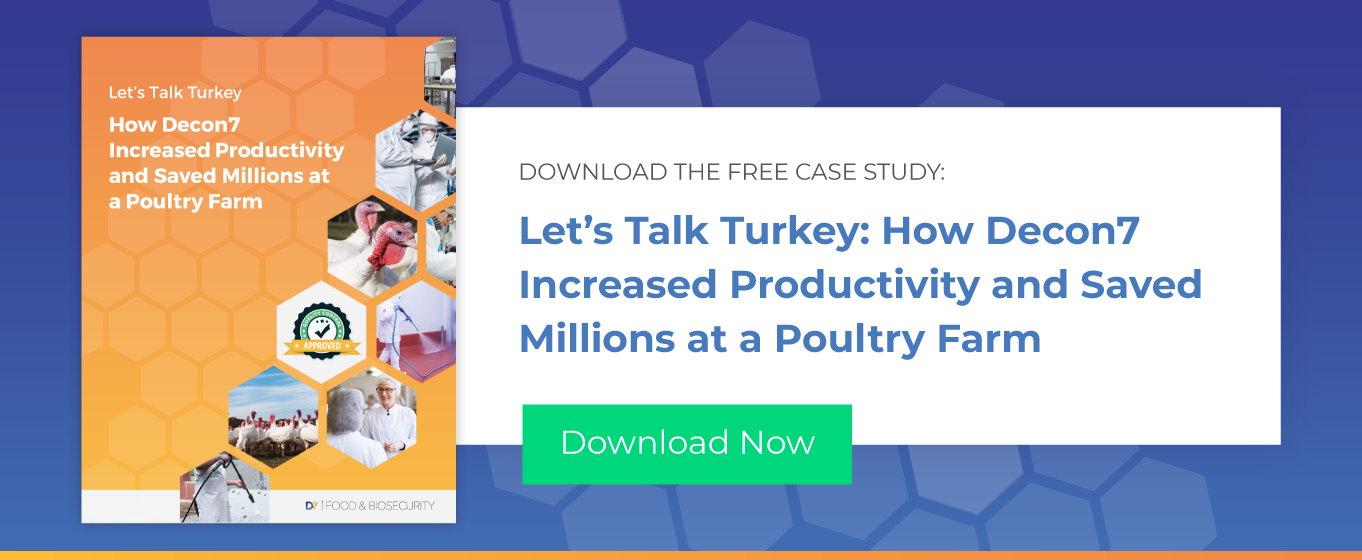 Poor water quality on farms is a known issue that can harm product quality. For farms that use animal water drinking lines, it’s essential to periodically clean and sanitize them, especially if they go unused for long periods.
Poor water quality on farms is a known issue that can harm product quality. For farms that use animal water drinking lines, it’s essential to periodically clean and sanitize them, especially if they go unused for long periods.
However, this type of maintenance can be challenging, leading some livestock growers to give their animals antibiotics. This may be an effective way to protect animal health in the presence of bacteria, but it has potential drawbacks that can impact the long-term success of an operation.
Fortunately, with regular sanitizing and biofilm removal, farmers can provide clean, fresh drinking water to keep their animals healthy.
Dangers of Biofilm Contamination in Animal Drinking Water Lines
Bacterial biofilm is a major biosecurity risk that cannot be seen. Even if you could see inside the lines, biofilm is invisible to the naked eye. Biofilm can be particularly challenging to remove from water lines because many products require mechanical scrubbing to penetrate biofilm. Without the ability to physically disrupt the extracellular polymeric substances that make up a biofilm, the bacteria within will continue to thrive.
When biofilm lingers in water lines, bacteria are protected and allowed to flourish and grow. This could lead to poor livestock health and even disease, especially because animals drink less water when it is of poor quality. Dirty water lines also contribute to cross-contamination and could affect healthy animals.
It’s not uncommon for water line cleaning to be overlooked between production cycles, creating an even higher risk of contamination if water lines have been unused for some time.
Benefits of Sanitizing Animal Drinking Water Lines
Sanitizing drinking water lines requires ongoing effort, but it’s worth it when you consider the benefits.
Prevent clogs in water lines.
Regular sanitizing prevents lines from clogging, potentially averting major disruption and the disassembly required to remove clogs.
Keep livestock healthy.
Sanitation and biofilm removal help control dangerous or deadly pathogens, promoting healthier livestock and reducing product loss. A regular maintenance program for water lines enhances your biosecurity and reduces the risk of livestock loss due to viruses and bacterial infection. Cleaning water lines also reduces the risk of cross-contamination between livestock groups, protecting your overall investment.
Microbiome health is a major factor in animal health. Animals eat more, drink more, and are generally healthier when they have access to clean water. Healthy animals also gain weight faster with better gut health, ultimately leading to better production.
Reduce antibiotic use.
Finally, good water line maintenance reduces the need for antibiotics, therefore reducing the risk of resistance in animals. For farmers with the big picture in mind, sanitizing water lines is a smart and cost-effective approach for the long-term health of the business.
How to Sanitize Animal Drinking Water Lines
The process for sanitizing animal drinking water lines includes:
-
- Removing animals from the premises.
- Emptying the lines and closing drinking valves.
- Filling the lines with the pre-mixed product by pumping or drawing it through the system.
- Leaving the product in the lines for the recommended contact time.
- Opening the drinking valves and flushing the product through.
- Rinsing with potable water to remove sanitizer and clear the lines.
Of course, it’s essential to refer to the product label for specific use instructions for biofilm removal and water line sanitation.
D7 for Biofilm Removal in Animal Drinking Water Lines
The EPA has approved D7 for disinfection and biofilm removal in animal drinking water lines. Just like in food processing facilities, D7 penetrates biofilms with no mechanical scrubbing required. The low corrosive formulation is compatible with most materials and approved for use on nonporous animal water drinking lines.
Learn how one poultry farmer saved millions of dollars by switching to D7 in our recent case study.


